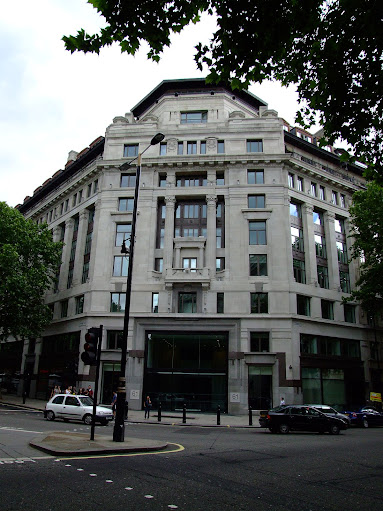22-9-27 Ruscia moves to annex parts of Ukraine - Caspian > .
24-4-16 [XIR] Iran's use of [terrorist] proxies to [harm] USA and Israel - Caspian > .
23-10-23 Poland Must Defend Ukraine against Historical Rival: Russia - GeoP > .
23-10-19 [R-U & NoXious XIR Axis behind Hamas atrocities] - DiD > .
23-8-30 Fear is the new normal in Russian politics - Anders > .
23-8-29 Dictatorships: From Spin to Fear | Ruscist Regression (subs) - Katz > .
23-8-29 Major FBI Operation Targeted Qakbot Botnet - Director Wray > .
23-7-13 What's Next For Ruscia After Wagner's Mercenary Revolt - CNBC > .
23-7-2 Is Vladimir P00tin’s power coming to an end? | 60 Min Aus > .
23-6-9 Inside Wagner, Ruscia’s Secret War Company | WSJ Doc > .
23-5-13 [Ztupidity: P00, Babitchkas, Prickozhin, Fodder, nukes, Xi] - CBC > .
23-5-13 [P00pagandistic manipulation and public opinion] (subs) - Katz > .
23-4-16 R-U Hybrid Warfare: P00paganda, cyber, hybrid methods - Perun > .
23-3-15 Timothy Snyder on reasons for ICC "WAR CRIMES" decision > .
23-3-5 Wagner Group, Russian PMCs & Ukraine - Hx, R-U - Perun > .
23-2-10 Political Apoothy | Blame Game, Coping Strategies (subs) - Katz > .
23-2-8 Ruscia’s Warpaint | Once “decent” people провоенный (subs) - Katz > .
23-2-3 [Demented Krumblin Conspiracy Poopaganda] (subs) - Katz > .
23-1-22 Politics Can Destroy Armies: Factionalism & R-U War - Perun > .
23-1-19 Kremlin's Bizarre Ideological Mission for 2023 - Vlad > .
22-12-16 3 reasons why Pootin started the ztupid war (subs) - Katz > .
22-11-23 Kherson Retreat & Winter Prospects [War Mapped] - gtbt > .
22-12-5 Russians tired of poopaganda | Gardening beats Soloviev (subs) - MK > .
22-11-4 Pootin's Son: Ramzan Kadyrov - Part 1 - Terrorussia > .
22-10-24 How a Russian Nuclear Strike Could Play Out | WSJ > .
22-10-21 Response if Russia uses a nuclear weapon in Ukraine? - J K-L > .
22-10-20 The Russian war narrative after mobilization - Anders > .
22-10-16 The most pointless war of the century (subs) - Katz > .
22-10-4 Nord Stream sabotage and hybrid war on Europe - Anders > .
22-10-3 MADness: RUSCIA | A Very Real Nuclear Threat? - J K-L > .
22-10-3 Comparing Pootin to Hitler | Dream of the Great Past (subs) - Katz > ....
21-11-28 Hybrid warfare – Kilcullen's theory about liminal maneuver - Anders > .Proxy Warfare
23-8-19 Art of War: Proxy Warfare - Warographics > . skip > .
Divisive Opportunism - Alētheiai >> .
Spin Dictator to Fear Authoritarian ..
“Mobik” [мобик] is a Ukrainian portmanteaux term for a Ruscian conscript invader. It combines “mobilized” + “vatnik”. A vatnik [ватник] is a poor, uneducated person who has been zombified by stupefying Ruscist propaganda.



